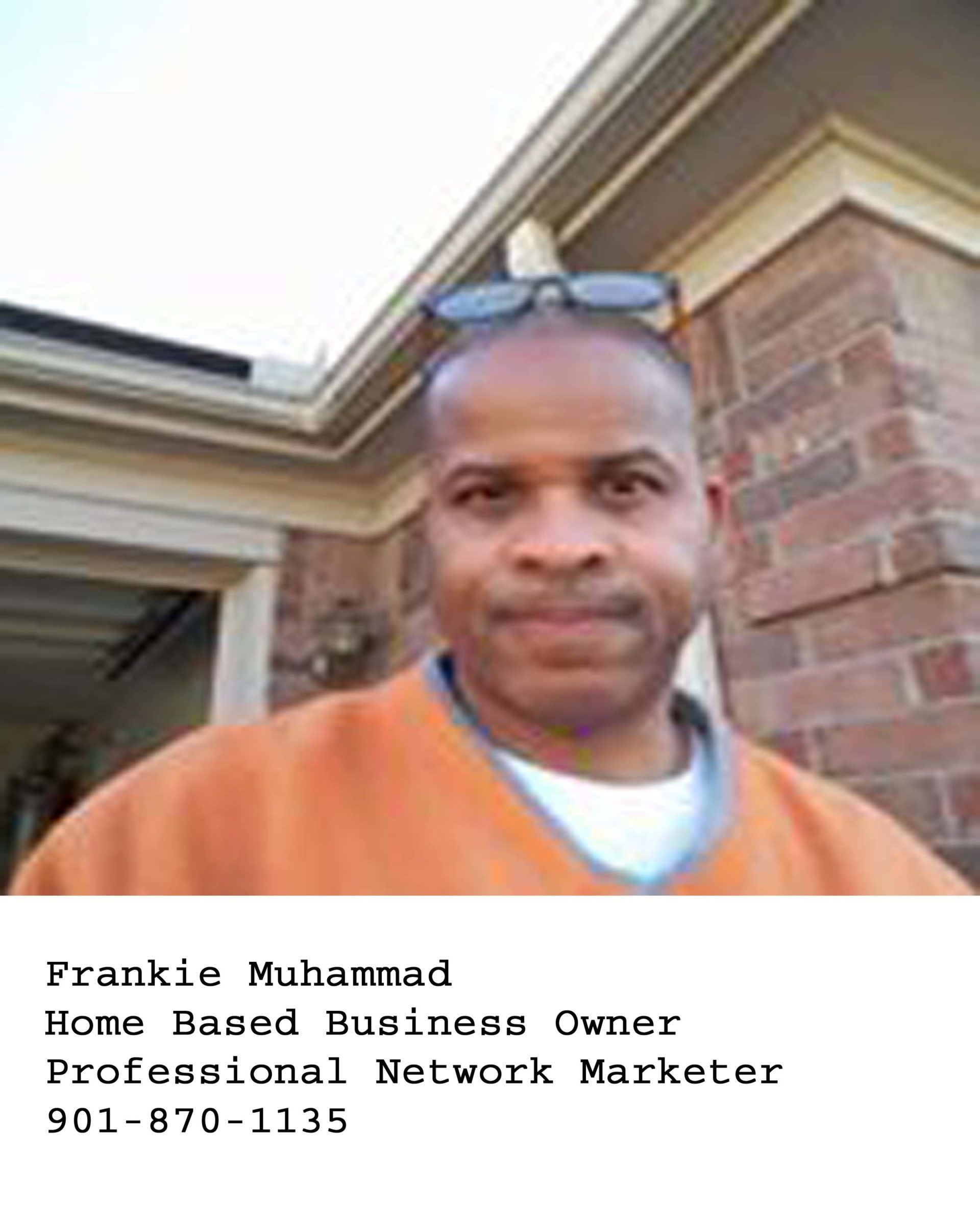Opioids addiction in the U.S. is an epidemic. Opioids are the most powerful known pain relievers, sometimes leading to opioid addiction requiring treatment. This is probably the most abused prescription drug in our society. The great majority of illicitly used prescription opioids are not obtained from drug dealers. Family and friends are now the greatest source of illicit prescription opioids, and the majority of these opioids are obtained from one physician–not from “doctor shopping”. More than 90% of the world’s opium and heroin supply comes from Southeast Asia and Afghanistan. ‘Black tar’ heroin comes primarily from Mexico.
What are opioids? The term opioid refers to any drug or chemical that attaches (like a key fits into a lock) to sites in the brain called opioid receptors. Opioids may be prescribed legally by doctors (for pain, cough suppression or opioid dependence) or they may be taken illegally for their mood-altering effects–euphoria, sedation, “to feel better”, or for some, opioids are taken “just to feel normal”. Not everyone who takes an opioid is at risk for dependence requiring opioid addiction treatment, but these drugs are commonly abused.
The human body makes its own opioids (called endorphins) but the opioids we are concerned with when we talk about opioid addiction are those that are manufactured in a laboratory or made by plants. For instance, codeine and morphine are found in the extract (the opium) of seeds from the poppy plant, and this opium is processed into heroin.
Most Common Opioids Prescribed By Doctors
- Morphine–the opioid in MS Contin, Kadian and MSIR.
- Fentanyl–the opioid in Duragesic.
- Tramadol–the opioid in Ultram.
- Methadone–the opioid in Dolophine.
- Buprenorphine–the opioid in Suboxone.
- Codeine–the opioid in Tylenol #3, Fiorinal or Fiorecet #3, and in some cough syrups.
- Hydrocodone–the opioid in Vicodin, Lortab, and Lorcet.
- Oxycodone–the opioid in Percodan, Percocet and OxyContin.
- Hydromorphone–the opioid in Dilaudid.
- Oxymorphone–the opioid in Opana.
- Meperidine–the opioid in Demerol.
Opioids And Drug Overdose Statistics In The U. S.
The majority of drug overdose deaths (more than six out of ten) involve an opioid. Since 1999, the number of overdose deaths involving opioids quadrupled. From 2000 to 2015 more than half a million people died from drug overdoses. 91 Americans die every day from an opioid overdose.
We now know that overdoses from prescription opioids are a driving factor in the 15-year increase in opioid overdose deaths. Since 1999, the amount of prescription opioids sold in the U.S. nearly quadrupled, yet there has not been an overall change in the amount of pain that Americans report. Deaths from prescription opioids—drugs like oxycodone, hydrocodone, and methadone—have more than quadrupled since 1999.
Symptoms Of Opioids Abuse
- Nausea and vomiting
- Chest pain
- Decreased respiration and trouble breathing
- Death
- Physical and psychological addiction
- Feeling tired, fatigued, and sedated
- Constipation
- Euphoria
- Constricted pupils leading to decreased sight in dim or darkened conditions
Withdrawal Symptoms
- Abdominal cramps
- Diarrhea
- Confusion or disorientation
- Enlarged pupils
- Tremors
- Loss of appetite
- Negative mood
- Muscle and joint pain
- Sweating
- Runny nose
- Tearing
- Anxiety
- Depression
- Anxiety
- Irritability
- Drug cravings seem intolerable
- Rapid breathing
- Yawning due to decreased oxygen intake
- Increased Salivation
- Goosebumps or chills
- Nasal stuffiness
- Vomiting
Medication Use To Treat Opioids Addiction
Medications, including buprenorphine (Suboxone®, Subutex®), methadone, and extended release naltrexone (Vivitrol®), are effective for the treatment of opioid use disorders.
- Buprenorphine and methadone are “essential medicines” according to the World Health Organization.3
- Medications should be combined with behavioral counseling for a “whole patient” approach, known as Medication Assisted Treatment (MAT).
